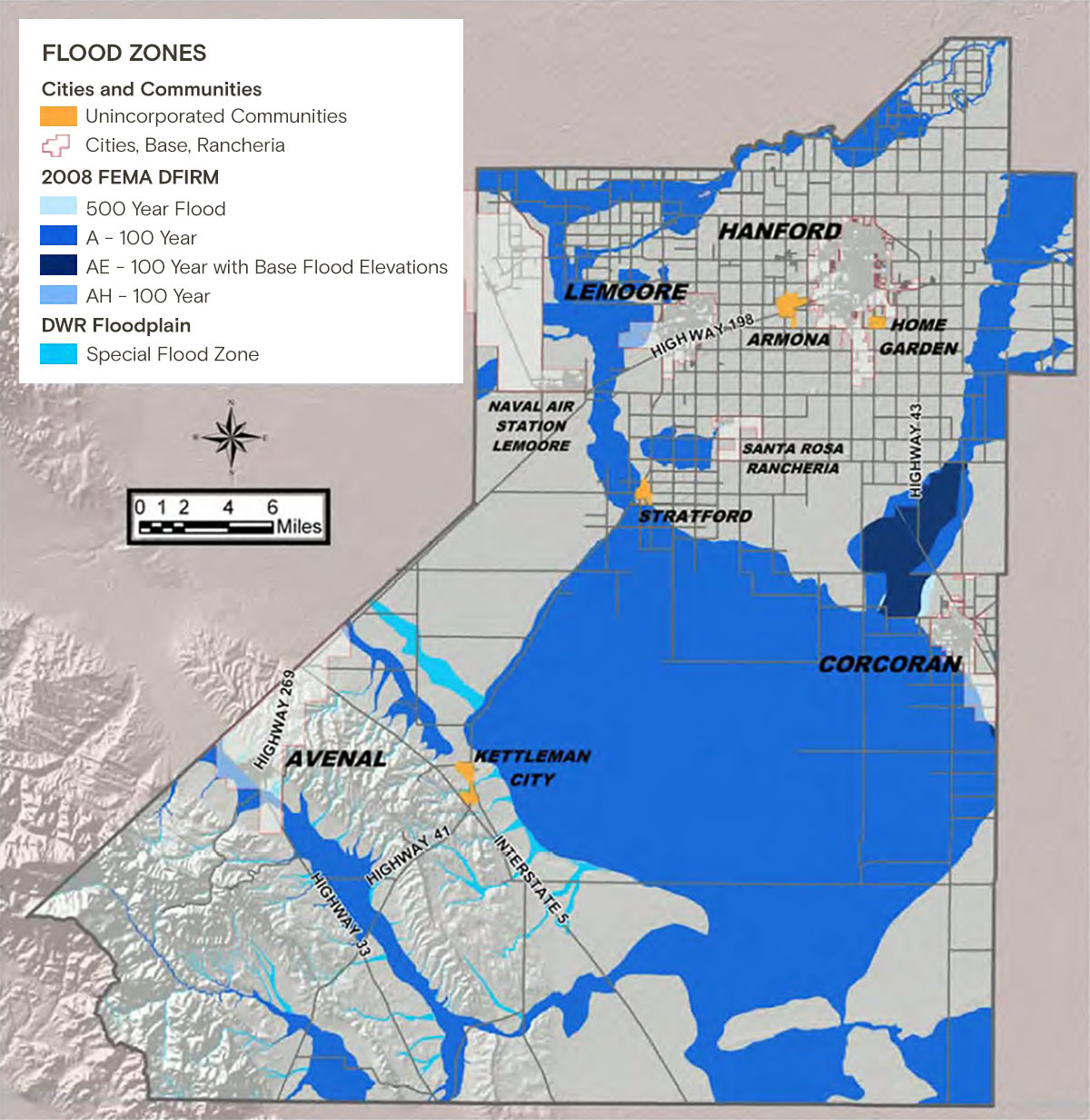CFI A&P
Exploring the world one toilet at a time.
26 inches of rain would wipe LA off the map.
Annual rainfall in L.A. is less than 15", so that math checks.
26 inches of rain would wipe LA off the map.
Ain’t no wig wag like a SOFLO wig wag!Wig wags don’t quit!
I can't imagine 26" in 24 hours. I have a WX station at my house, saw just over 4" one day last month. May have been the most I've ever seen in CA.There are canals, waterways and drainage for normal operations. There's even a state agency called water management to manage those assets. However dropping a deluge of 26" in 24 would be a difficult task for anywhere on Earth. One calculation is that it was approximately 88 billion gallons of rainfall. For comparison, Conesus Lake in New York's Finger Lakes is about 48 billion gallons.
26 inches of rain would wipe LA off the map.
That's typical of most torrential rain anomalies. They tend to be very localized. It's all about heat and concentration and moisture content (think of the bubbles in a tea kettle as it approaches boil; those bubbles are the expression of the heat deltas).My pool is certainly extra full due to the torrential rain. But there was no major flooding in my community. Miami also didn't really have any issues. It literally just dumped on Fort Lauderdale.
26 inches of rain would wipe LA off the map.
I got a spot picked on the San Gabriel mountains to watch "libs get owned"
It would be pretty amusing if you went into the San Gabriels during a 2 foot rain event thinking you were going to be the one watching others “get owned”.
It would be pretty amusing if you went into the San Gabriels during a 2 foot rain event thinking you were going to be the one watching others “get owned”.
Time for the final solution.Oh they are still there. They've taken refuge under my ceramic roof shingles. I have to take much more stern action before it turns into a full on infestation. Plus iguanas are excellent swimmers and can stay submerged for long periods of time.
I was actually just talking to somebody on Sierra Madre SAR about swift water rescue stuff.
I was just reading about Tulare Lake in Central California. I’d never heard of it before because it’s not normally there, It’s going to get really big when the snow melts. A crap load of farm land will be underwater for a couple of years.I can’t imagine the season they’ve had out there,
I went to college about 4 miles from the mouth of San Antonio Canyon (drains Mt Baldy) and the school was built on an alluvial fan with up to half meter, rounded boulders.
There was apparently enough water at one point to push a thousand pound rock 4 miles out of the mountains.

That’s like the erratics we have in Eastern WA..from the Lake Missoula floods (really cool to read about, and the story is proof that can’t always trust the science)I can’t imagine the season they’ve had out there,
I went to college about 4 miles from the mouth of San Antonio Canyon (drains Mt Baldy) and the school was built on an alluvial fan with up to half meter, rounded boulders.
There was apparently enough water at one point to push a thousand pound rock 4 miles out of the mountains.
That’s like the erratics we have in Eastern WA..from the Lake Missoula floods (really cool to read about, and the story is proof that can’t always trust the science)

Oh no, more of the snobbery of it all. They did everything the could to denounce this young, from the “west” geologist. Simply because he wasn’t from the established East Coast.I think you’re referring the change in how we view the scablands as proof we can’t “trust the science”?
100% agree that early 20th century science had some struggles…but I’m not sure that’s applicable to the present day.
